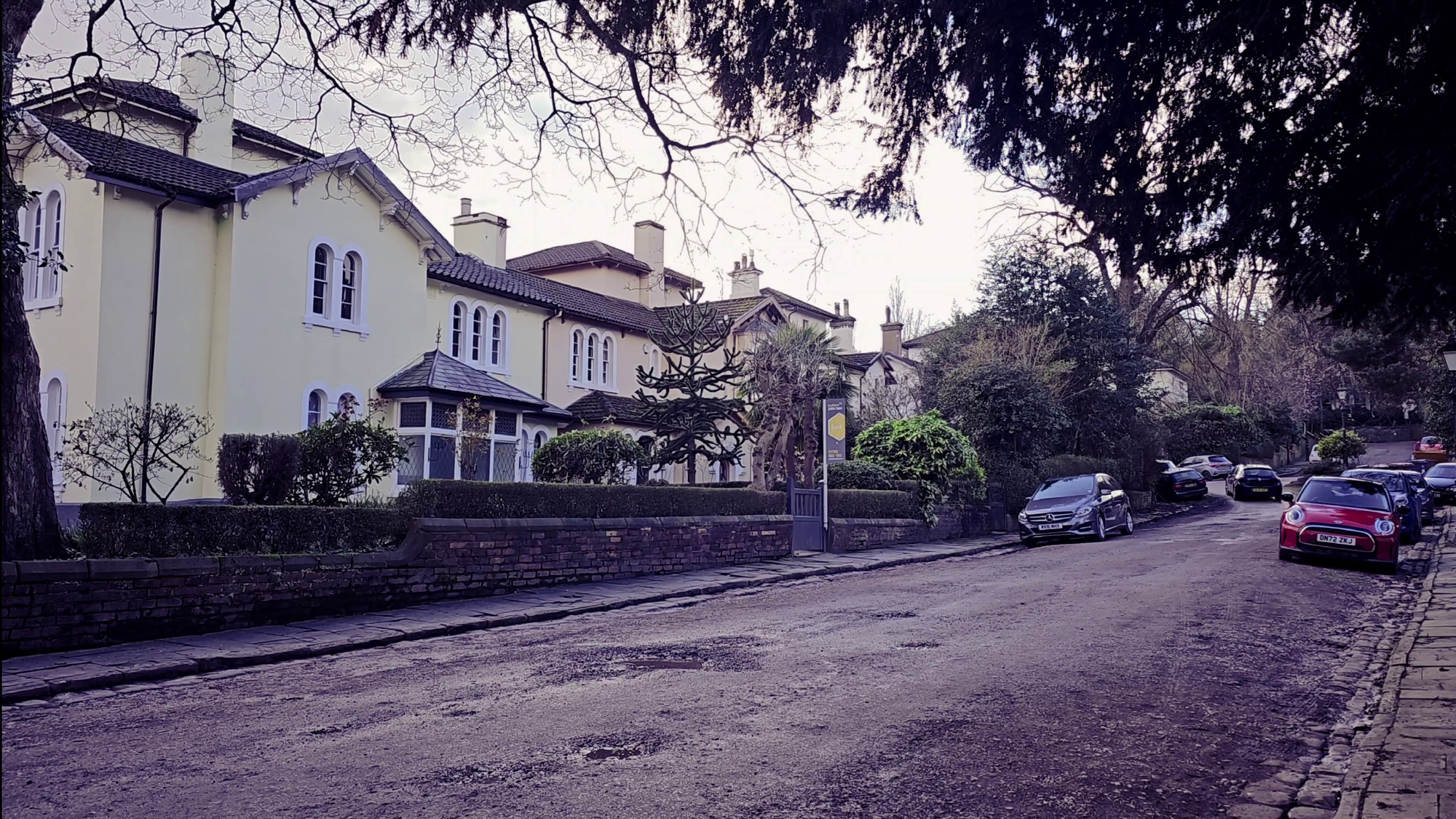Tucked away up an unsuspecting side street in Stoke, The Villas stand as a testament to Victorian ingenuity and aesthetics. Built between 1851 and 1855, this collection of 24 houses was more than a housing development; it was a statement of status, design, and community. Initiated by the Stokeville Building Society and realized by the young architect Charles Lynam at age 21, The Villas represent an early example of middle-class suburban housing that has endured the test of time.
Watch my video about The Villas on YouTube
Architectural Design and Influence
Designed in the Italianate style, a popular architectural movement of the 19th century, The Villas featured clay pantiled roofs, sash windows, and stucco-covered brickwork, accentuated by square towers. This design choice set the buildings apart in aesthetic appeal and cultural significance, mirroring the grandeur of Italian Renaissance architecture. Over the years, the original clay roofs have been replaced with concrete or Welsh slate, yet the essence of Lynham’s vision remains intact.
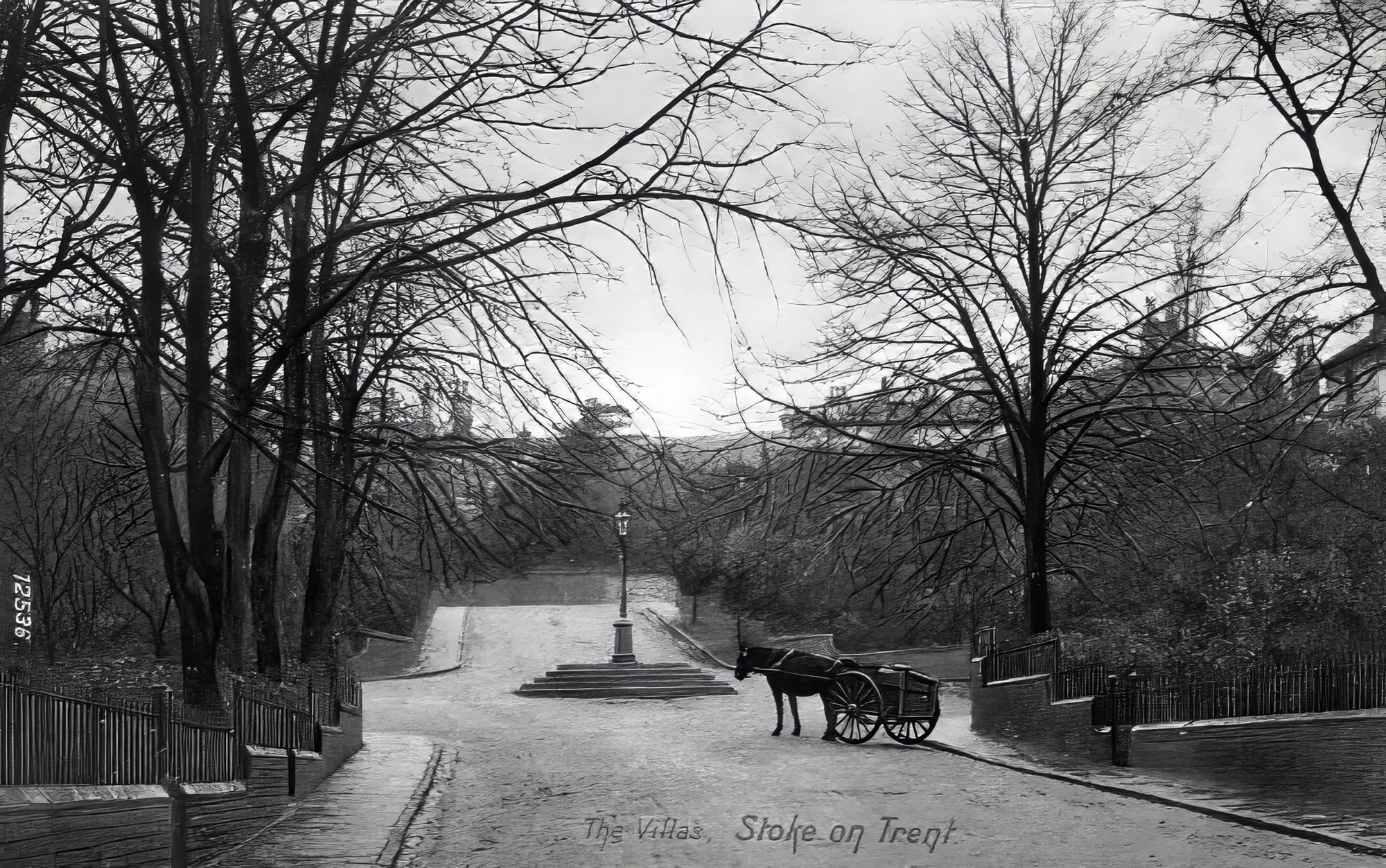
Historical Significance
The Stokeville Building Society, formed by prominent Stoke families in 1850, aimed to create a self-sustained housing community for the middle class. Purchasing nearly 3 hectares of land from the Reverend Thomas Minton, the society embarked on a visionary project. The land, strategically located between London Road and Trent Valley Road, became the canvas for Charles Lynam. His architectural portfolio boasts several notable constructions, including the Stoke Market, Stoke Free Library and Baths, chapels at Hartshill Cemetery, and Christ Church in Fenton.
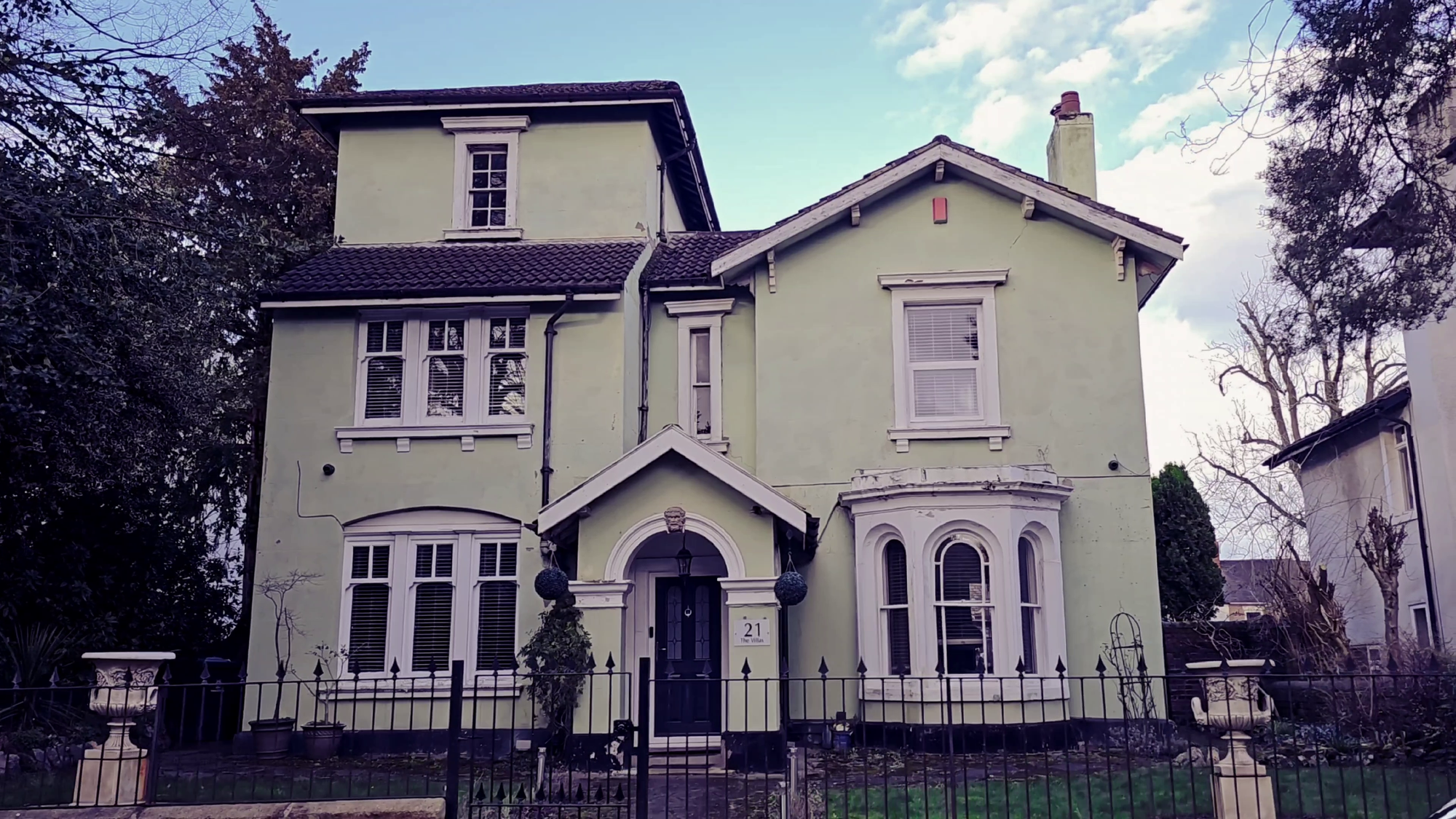
The Villas emerged as an early example of middle-class suburban housing, offering a range of accommodations including 'first class', 'second class', and 'third class' homes, all designed to include servant quarters.
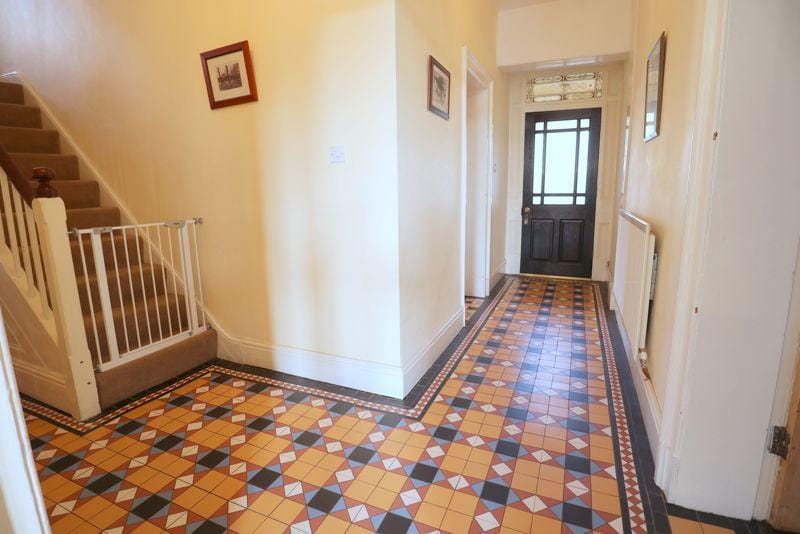
Over time, The Villas have witnessed various changes, including subdivision, extensions, and modifications to meet evolving residential needs, while retaining their original charm and architectural features.
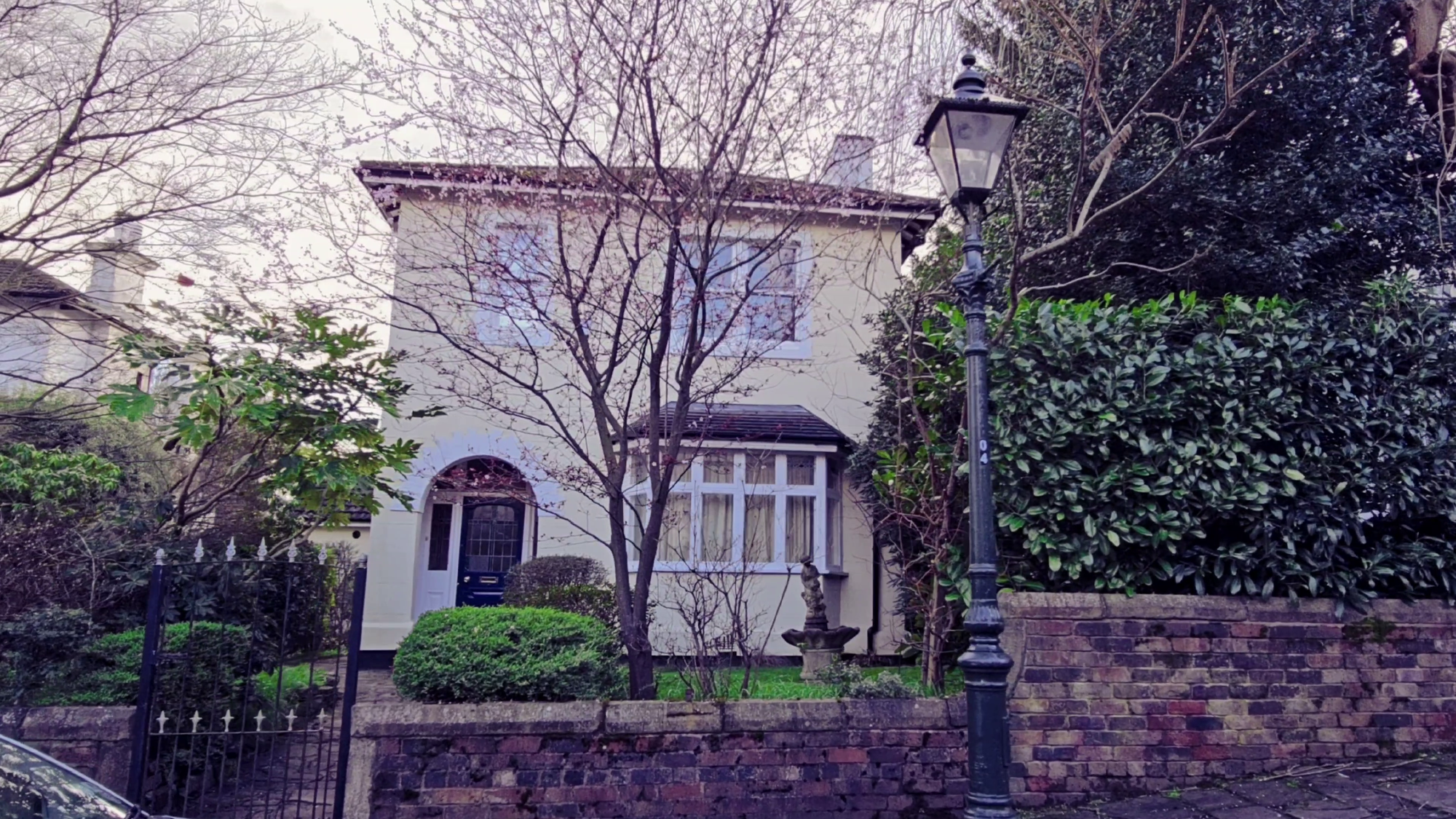
Notable Residents and Their Contributions
The prominent Stoke Pottery manufacturer, George Jones, resided at number 12 “Rosemount,” recognized for its elevation as the highest among the structures. Modifications over the years have seen number 16 transformed into flats through extension. The area also hosted notable residents including pottery manufacturers W H Goss at number 10 and W Kirkham at number 9, while number 24, positioned adjacent to London Road and formerly a Doctor’s surgery, has undergone modifications and extensions since its inception.
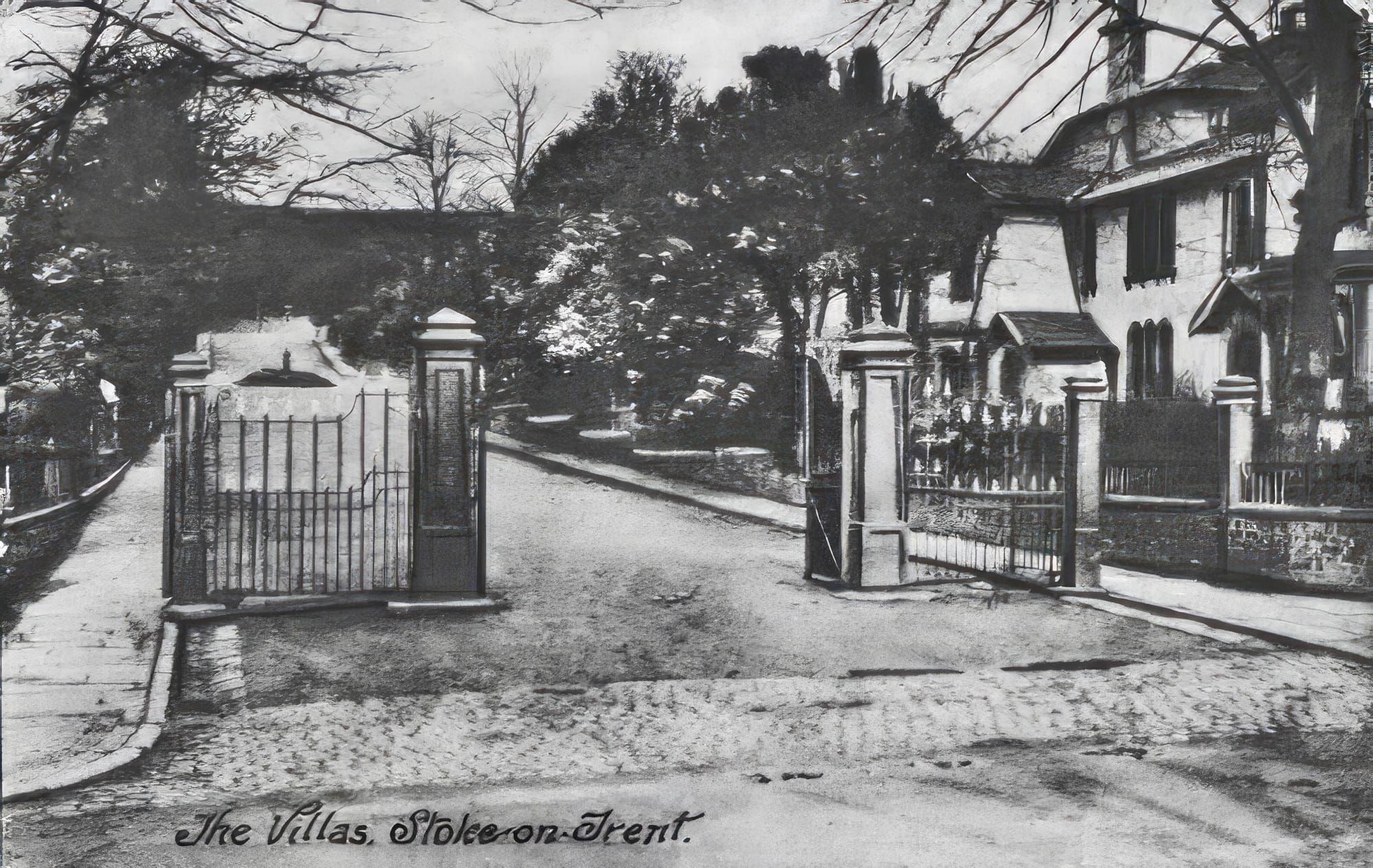
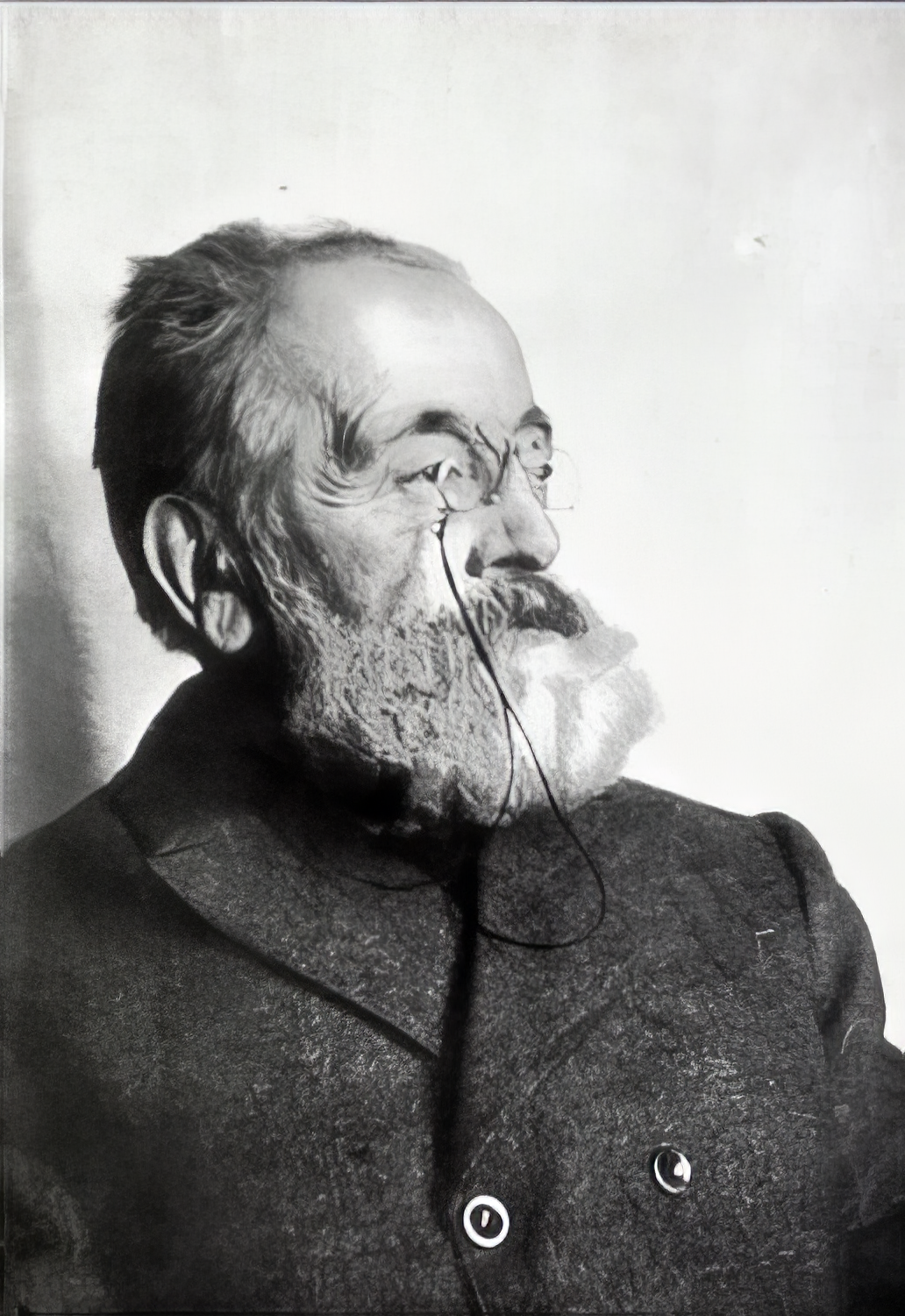
Marc-Louis Emmanuel Solon, born in Montauban, France 1835, was a distinguished French porcelain artist renowned for his work in the pâte-sur-pâte technique. After starting his career at the Sèvres Pottery, Solon moved to England in 1870 amidst the Franco-Prussian War, to work for Minton & Co. in Stoke-on-Trent. There, encouraged by Colin Minton Campbell, he and his trained assistants created masterpieces that included the celebrated Queen Victoria's Jubilee Vase. Solon's decorations, a blend of fantasy, Renaissance, Classical styles, and discreet eroticism earned high acclaim in the late Victorian era. Beyond his artistic contributions, Solon was a prolific writer on pottery, assembling a significant collection of ceramic history volumes and publishing works like "A Brief Account of Pate-sur-Pate" and "The Art of the Old English Potter." Living in Stoke-on-Trent until he died in 1913, Solon married Laure, daughter of Minton's art director Léon Arnoux, with whom he raised a large family at No. 1, The Villas.
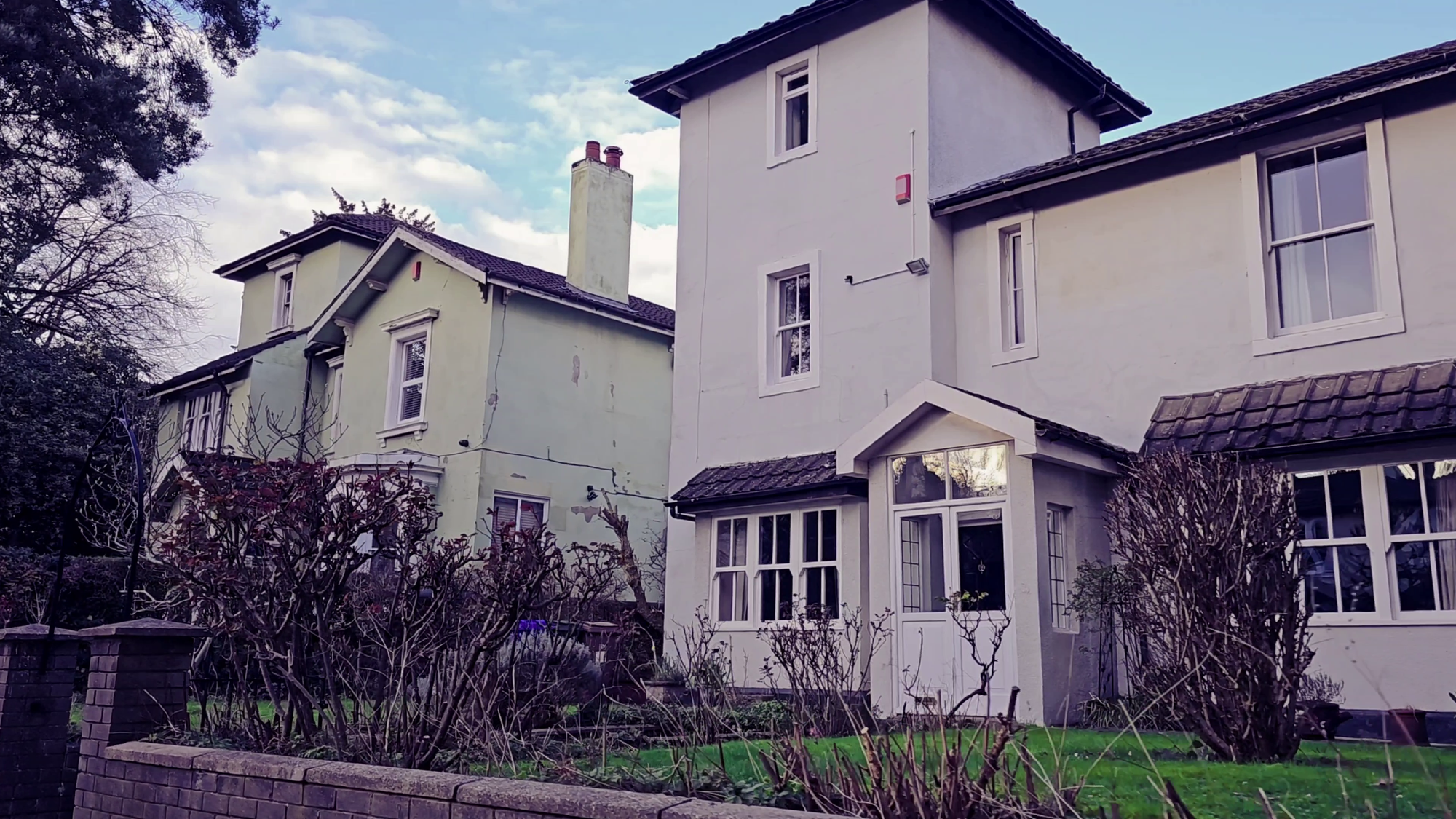
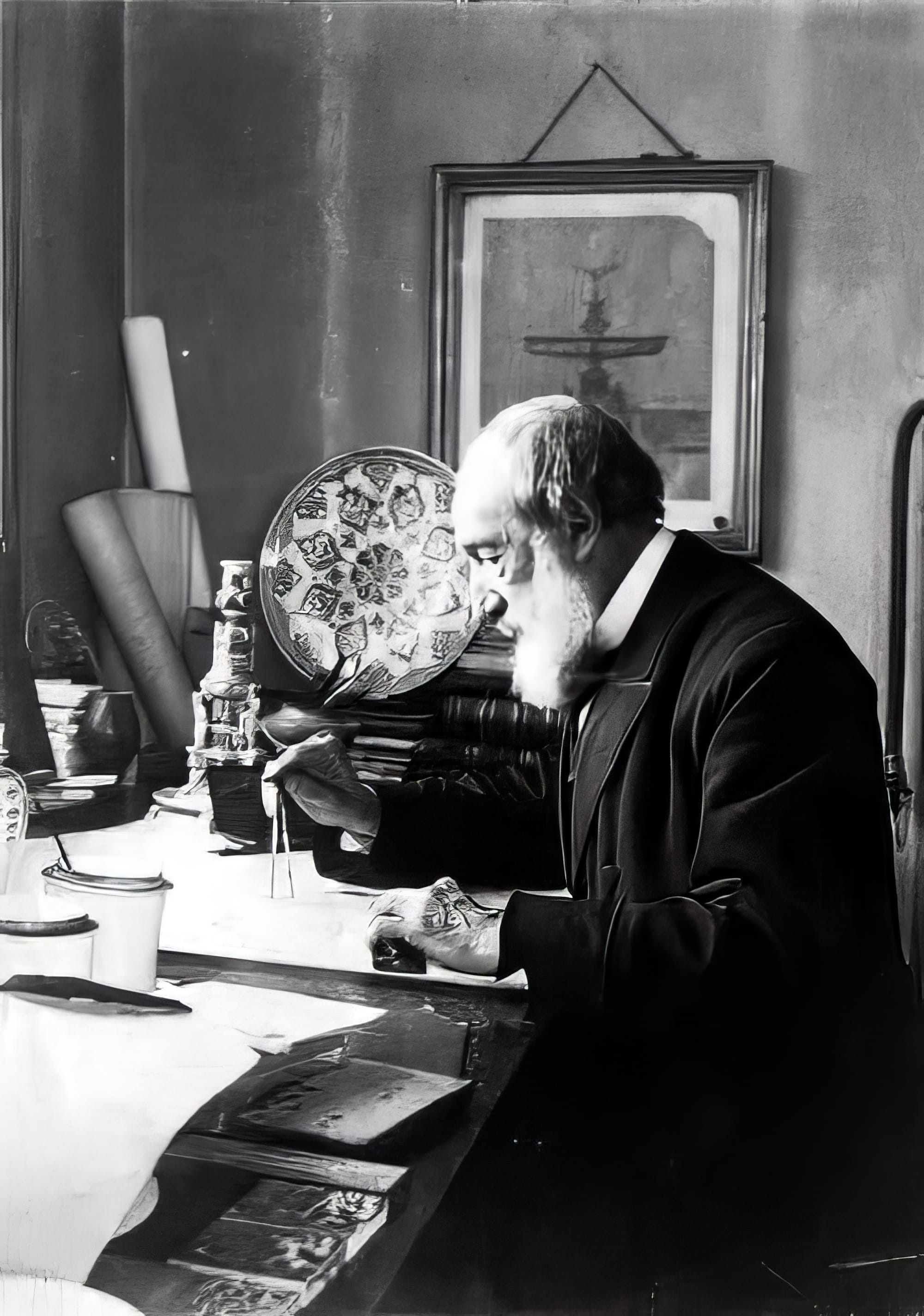
Léon Arnoux, resided at number 10 around 1871 before moving to number 13 by 1891. Léon Arnoux was an influential figure in pottery and ceramics, serving as the art director at Minton & Co. from around 1849 until he died in 1902. Under Arnoux's direction, Minton's produced high-quality wares that were strongly associated with historicist styles, catering to an international clientele seeking sophisticated and historically inspired ceramics.
William Keary, who became the first mayor of the newly incorporated Borough of Stoke-upon-Trent in 1874 and a solicitor, was a resident of number 15 by 1870 at the latest.
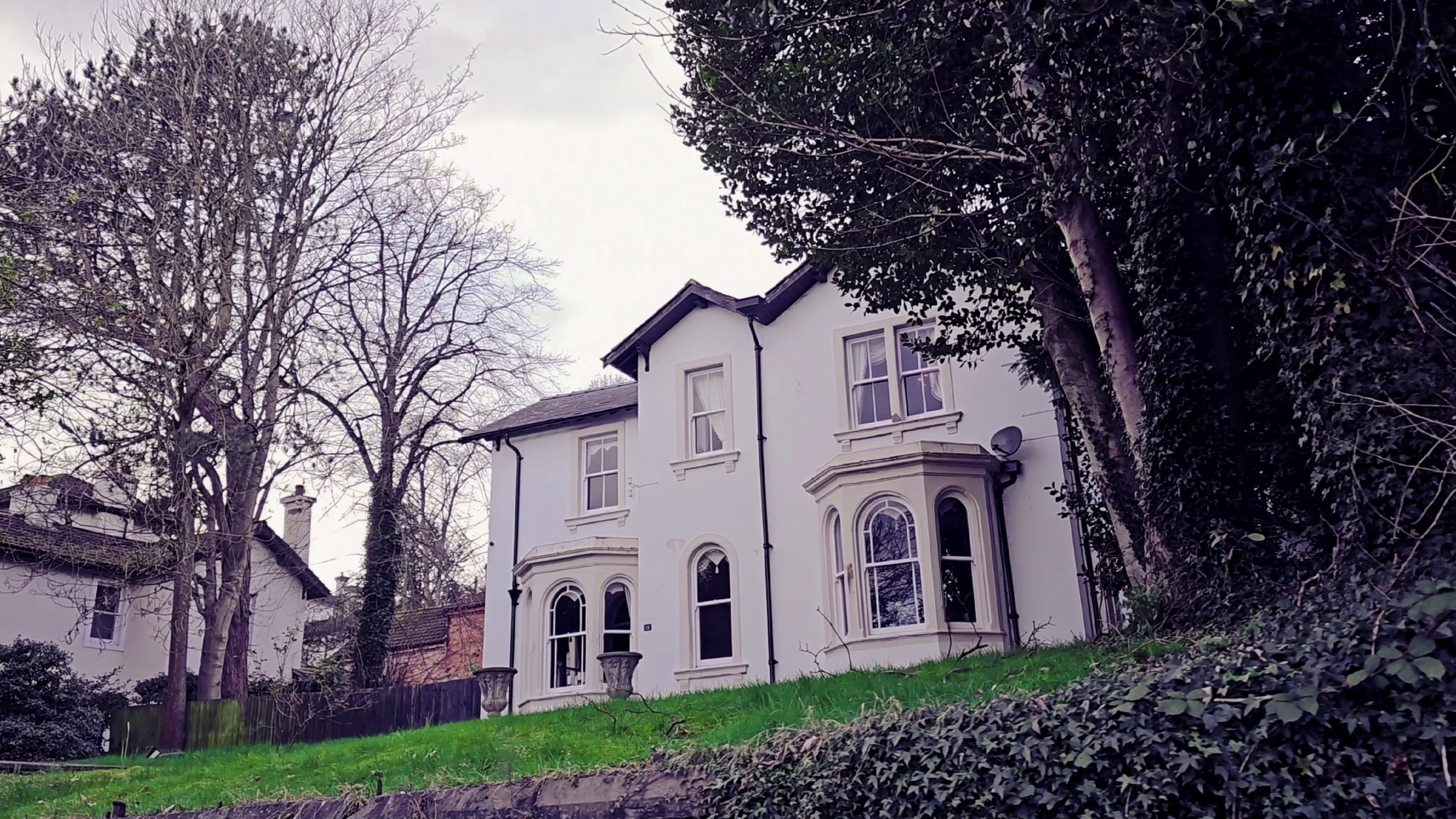
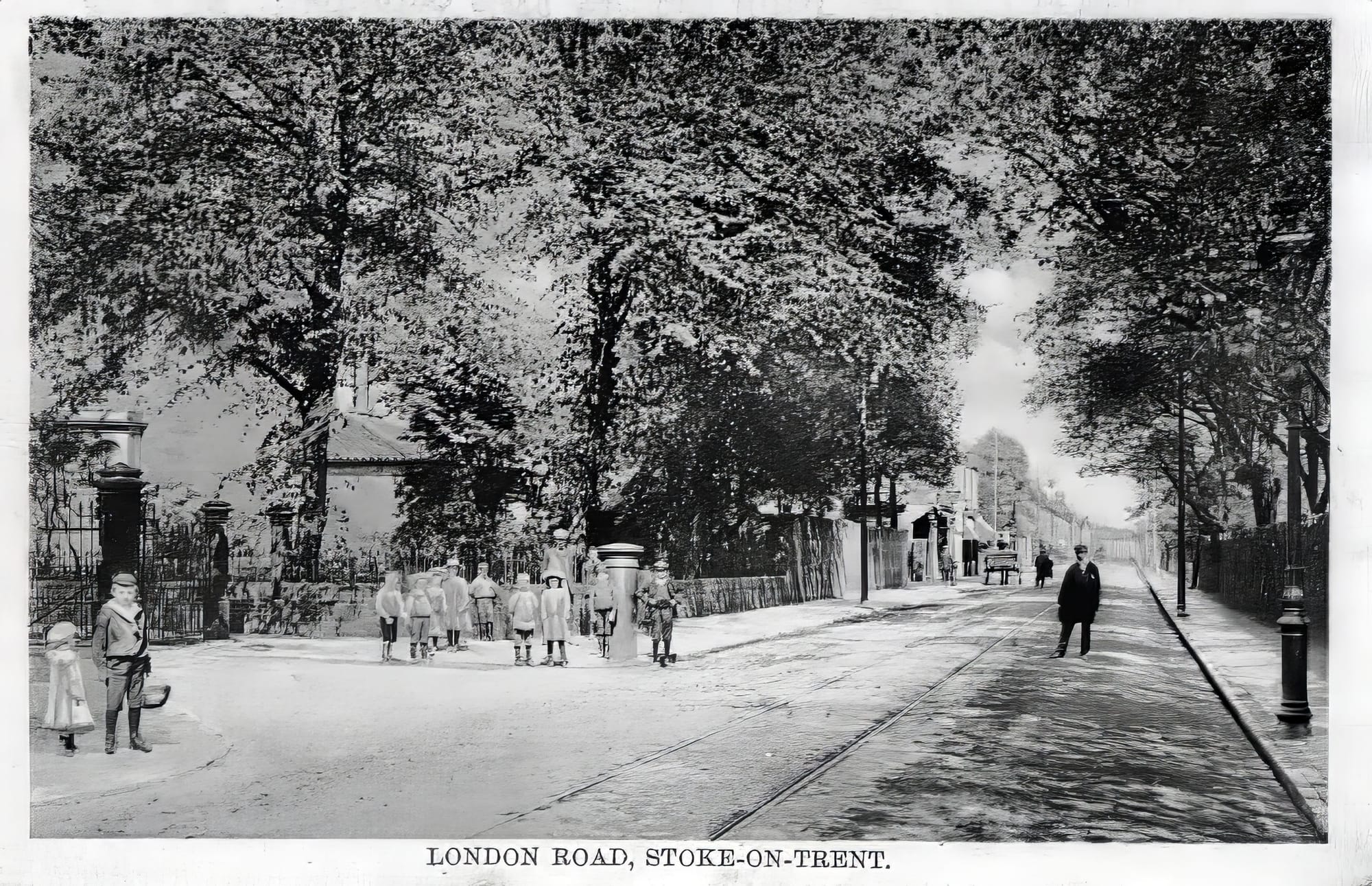
Conservation Efforts and Heritage Status
Recognized for its architectural and historical value, The Villas was designated Stoke-on-Trent's first Conservation Area in 1972. Many of the houses have been granted Grade II listed status, a testament to their significance in the city's heritage. However, the challenge of preserving these Victorian masterpieces in the face of modernization remains a pressing concern for conservationists and residents alike.
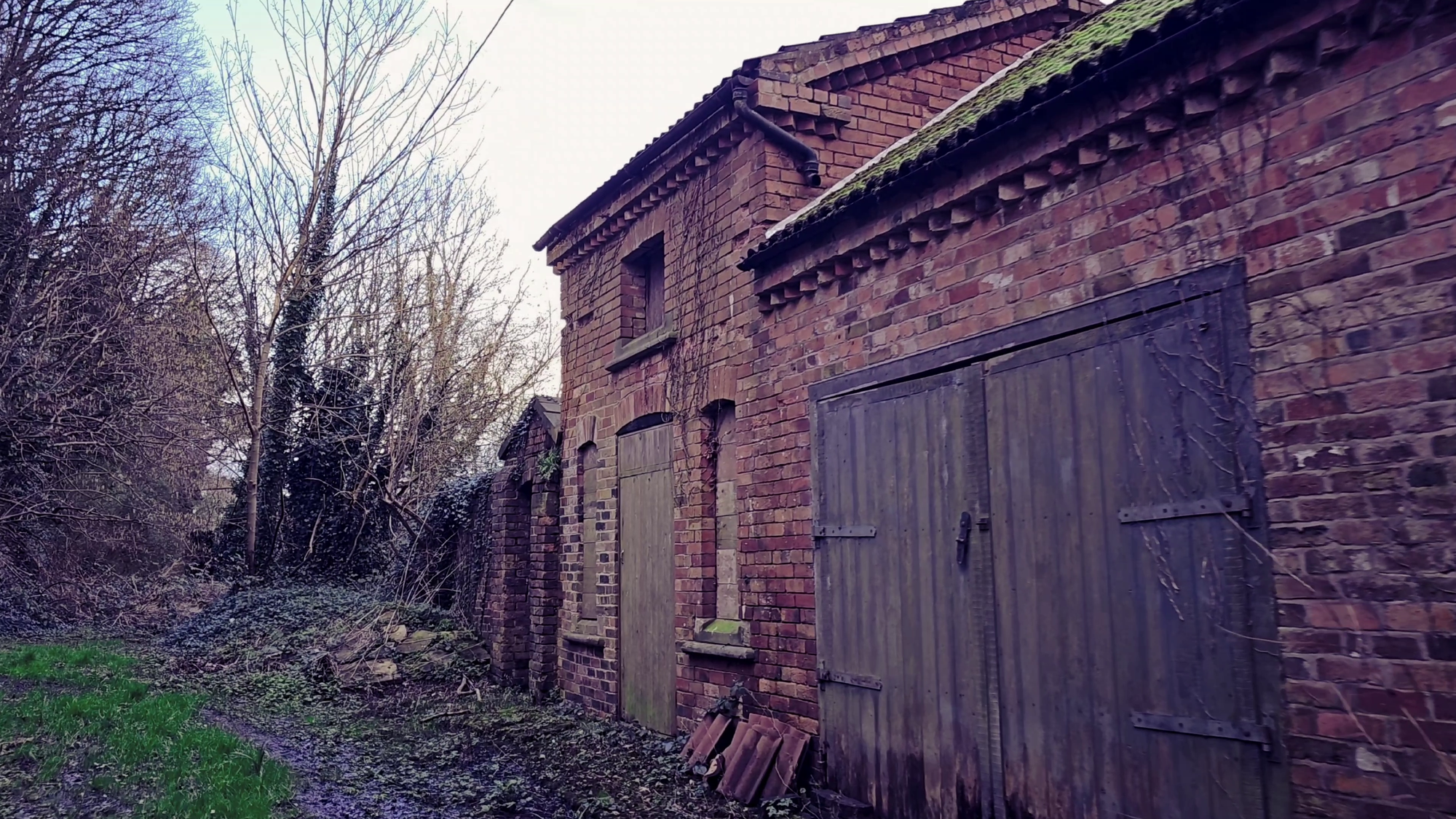
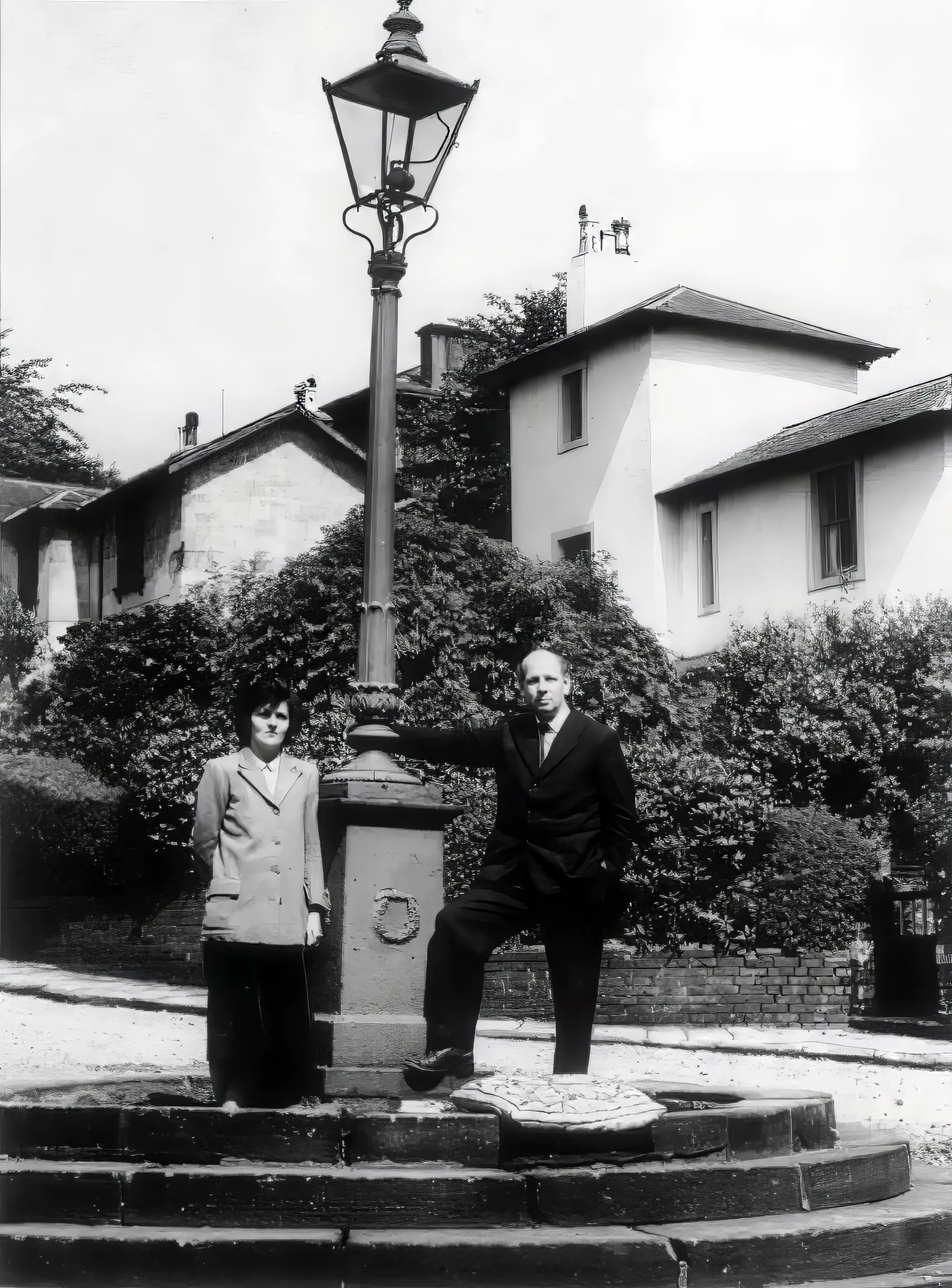
The Lamp Post
Arnold Machin (1911-1999) was a renowned British artist and sculptor, best known for designing the portrait of Queen Elizabeth II used on UK postage stamps and coins. He was chosen to create the design for decimal coinage in 1964 and then in 1966, The Queen approved his design for the stamps, which became known as the "Machin series" of stamps. His design, which is reminiscent of overlaid pottery decoration similar to Wedgwood, became the most reproduced work of art in history with over 320 billion copies produced.

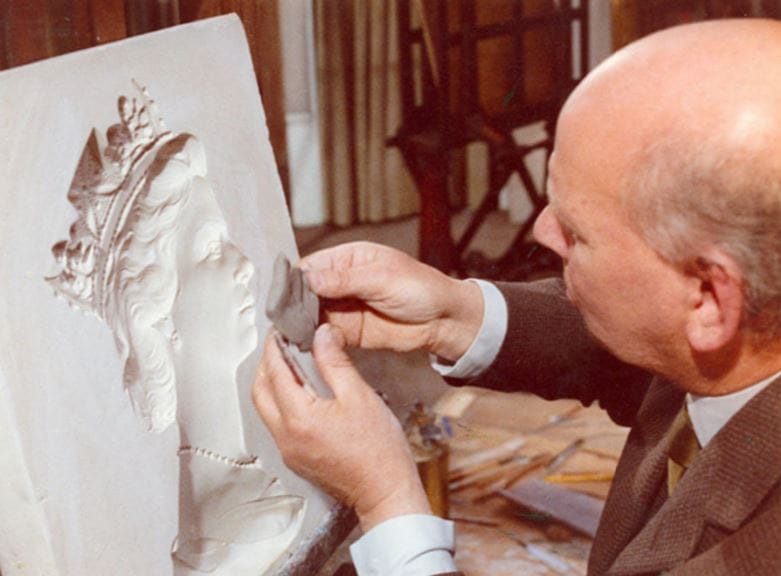
Beyond his significant contributions to art and ceramics, Machin is also remembered for a unique act of protest that took place in 1956 at number 15 The Villas in Stoke-on-Trent, where he lived.
The protest centred around a traditional metal lamp post situated on the turning circle at The Villas. The local authorities planned to remove this lamp post as part of modernization efforts, replacing it with a modern, concrete one. Arnold Machin, deeply concerned about what he saw as the erosion of beauty and heritage in the post-war period, decided to take a stand against this change. He physically chained himself to the old lamppost, symbolizing his protest "against the destruction of all the beautiful things which is going on in this country." This act of defiance was not just about the lamp post but represented a broader plea for the preservation of heritage and beauty against the tide of modernization that often swept aside the old and traditional.
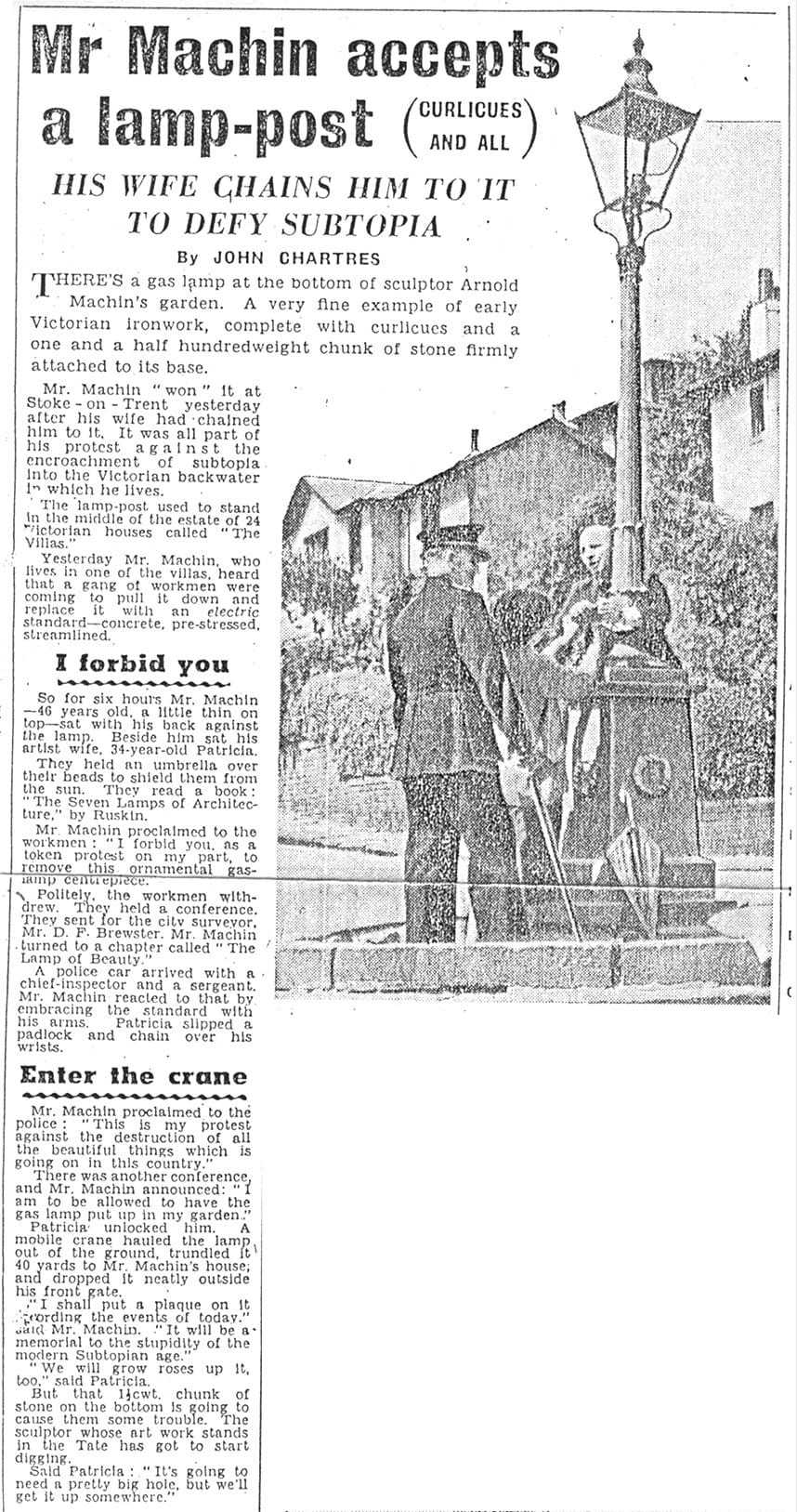
Despite his efforts, Machin's protest did not prevent the lamp-post's replacement. However, as a gesture, the removed lamp-post was given to him, so his wife Patricia unlocked him and he placed it in his garden. This story is not just a quirky footnote in Machin's life but highlights his passion for beauty and heritage. It also underscores the broader societal debates about conservation and modernization that were particularly poignant in the mid-20th century. The lamp post was eventually restored to its original position, suggesting that Machin's protest, though not immediately successful, resonated with the community's values and led to a reconsideration of what should be preserved as part of our shared heritage.
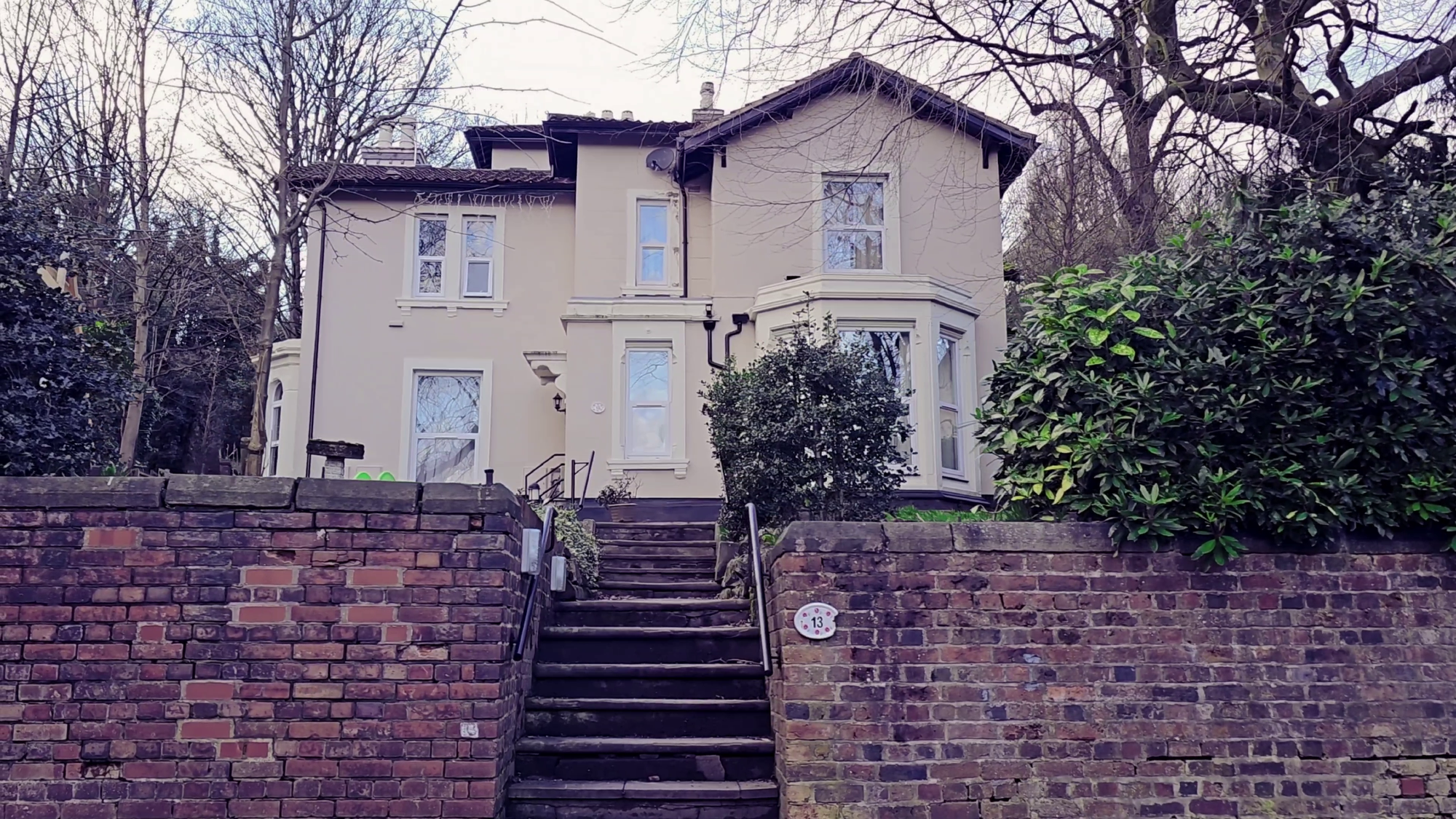
The Vampire
The "Vampire of the Villas" case, unfolded in the early 1970s and remains one of Britain's most intriguing anecdotes involving vampire lore and its impact on modern society. This peculiar incident not only captivated the local community but also gained national attention, illustrating the profound influence of cultural beliefs on individual behaviour and the unforeseen consequences that can arise from them.
The "Vampire of the Villas" case is a peculiar and chilling tale from Stoke-on-Trent, England, dating back to January 1973. This case involves the death of Demetrious Mykicura, a Polish pottery worker who had lived in England for 25 years following World War II. The incident occurred at No. 3 The Villas, a boarding house where Mykicura resided.
John Pye, a 22-year-old Staffordshire police constable, was called to investigate after the landlady and tenants expressed concern about not having seen Mykicura for several days. Upon forcing entry into Mykicura's room, Pye discovered a scene that seemed straight out of a gothic horror story. The room was darkened, with the light bulb removed, presumably because Mykicura was terrified of electricity. This forced Pye to conduct his examination by torchlight.
The room appeared to be fortified against vampire attacks. Crosses and crucifixes adorned the walls, and salt was scattered over furniture and bedding. Additional bags of salt were found in the bed, one between Mykicura's legs and another beside his head. An inverted washing bowl on the window sill covered a mix of human excrement and garlic, suggesting Mykicura's intent to ward off an external threat.
An inquest into Mykicura's death revealed he had asphyxiated on what was initially thought to be part of a pickled onion but was later identified as a clove of garlic, following Pye's research into vampirism and traditional Eastern European vampire repellents. The inquest determined that Mykicura had been genuinely afraid of a vampire attack and had not been attempting suicide. The conclusion was that, in a desperate bid to protect himself, Mykicura had slept with a clove of garlic in his mouth, which ultimately caused his death.
This case remains unique in British history, being the only one where a Coroner's inquest accepted a genuine connection between vampire belief and an actual death. It serves as a poignant reminder of the power of folklore and superstition, and how deeply ingrained fears can manifest in tragic outcomes.
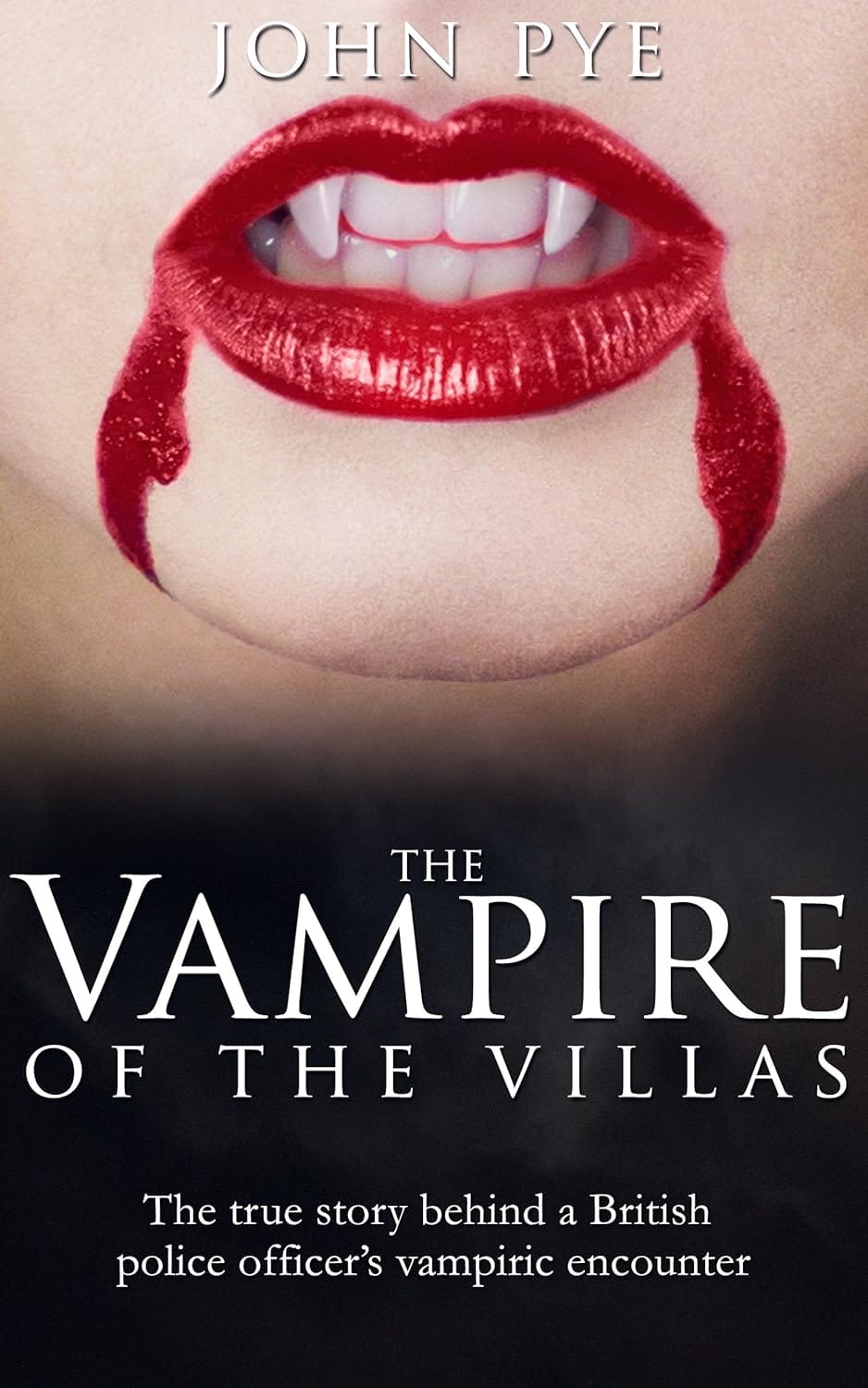
The Villas, with their rich history, architectural beauty, and cultural significance, stand as a living monument to Stoke-on-Trent's Victorian past and the enduring spirit of its community. As we look to the future, The Villas remind us of the importance of preserving our heritage, celebrating our history, and cherishing the communities that have shaped it.

Please sign my petition to help save buildings like this
Thank you for reading!
If you like what you have read, please feel free to support me by following and signing up for my newsletter and/or buying me a coffee!

If you love our local history, don't forget to follow me, check out more of my videos and my website http://www.theredhairedstokie.co.uk
Don't forget to subscribe to my YouTube channel - https://www.youtube.com/channel/UCCA246yaLXVDHSB-MrFMB2A
Check out my recommended reading list
